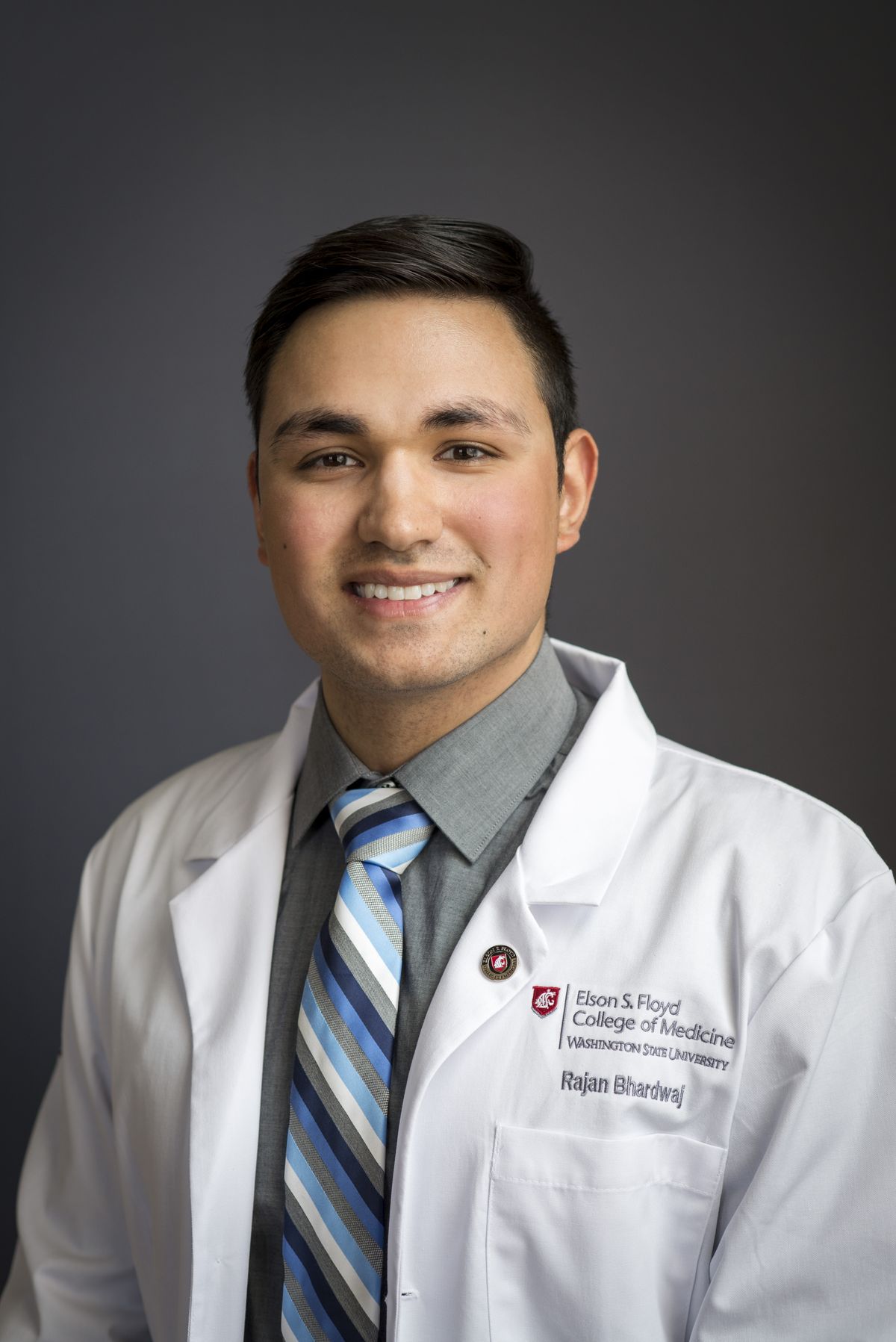WSU study: Living to 100 requires more than heredity

When it comes to living for a century, good genes help. However, environmental and social factors weigh in more than previously thought to reach age 100, Spokane researchers say.
The study reviewed Washington state mortality data for 2011-15 and found positive impacts from neighborhood walkability and age diversity in a community.
Researchers at Washington State University’s Elson S. Floyd College of Medicine asked the questions about what factors make it more likely someone will live to 100. Being a resident in an environment that supports healthy aging seems to impact your ability to beat genetic odds, said Rajan Bhardwaj, a second-year WSU medical student. He became interested in aging research after being a home care aide to his grandfather.
“It was interesting when I did the research for this paper, I found two studies that said hereditary factors explain only 20% to 35% of an individual’s chances of reaching 100,” Bhardwaj said. “We wanted to explore the effect that environmental variables have on this instead of just individual factors such as socioeconomic status, education, social participation and things like that.”
“The main findings were that higher neighborhood walkability, higher socioeconomic status, higher percentage of working age population and also female sex and being white were positively correlated to reaching the centenarian age.”
Another researcher was Ofer Amram, an assistant professor with the WSU Elson S. Floyd College of Medicine who runs a lab that analyzed the public data. Co-authors Solmaz Amiri and Dedra Buchwald also contributed.
The group considered data on nearly 145,000 Washingtonians who died at ages 75 or older in the 2011-15 period. They incorporated other information sources into the equation such as where people lived at the time of death, their gender, marital status, race, poverty and education levels, access to green spaces and primary care, air pollution levels, and rural or urban status.
“We looked at the likelihood of reaching 100 among those who died,” Amram said. “If someone reaches 75, we looked at what does it take to reach 100 from that point? What’s significant in reaching 100?”
Factors such as neighborhood walkability can mean a longer life with the ability to stay active and have better access to care, Bhardwaj added.
“We already knew from previous research that being female and being white along with higher socioeconomic status were correlated, but there was less done specifically on walkability and a working age population’s impacts on longevity, and they were found to have a positive impact,” Bhardwaj said.
“I know more cities are trying to make their streets more walkable by adding sidewalks and things like park spaces. What that does specifically for the elderly is allow easier access to public transit, healthy food and also clinics and hospitals. Also, people can walk and bike more, which promote healthy activity.”
The working age calculation is a measure of the percentage of people ages 15 to 64 living near elderly residents. In higher numbers, it often equates to more diversity and is found in urban environments and some rural areas with more support services, the researchers said.
Published in the International Journal of Environmental Research and Public Health, the study did find socioeconomic status to be correlated to longevity. An additional analysis showed that geographic clusters where the probability of reaching centenarian age is high are located in urban areas and smaller towns with higher socioeconomic status such as around Pullman and in the Seattle area.
Bhardwaj cared for his grandfather from about 2014 to 2018, and his elderly relative died a few weeks before his 88th birthday in Seattle.
“He had a lot of underlying medical conditions such as heart failure, lung disease and diabetes, but we always lived in very safe, walkable neighborhoods. He had great social support at home and access to physicians. I’ve always been interested in how someone like him with several health issues could still live beyond the average age of mortality for the average person in America.”
That average age of death in the U.S. is 78.5 years. However, he said more research is needed on disparities aligned with socioeconomic status and race.
“Specifically, variables like rates of poverty, rates of disease and illness and incarceration in African American and Native American communities in particular lead to higher mortality rates. There needs to be more research into that and ways to address that by policymakers.”